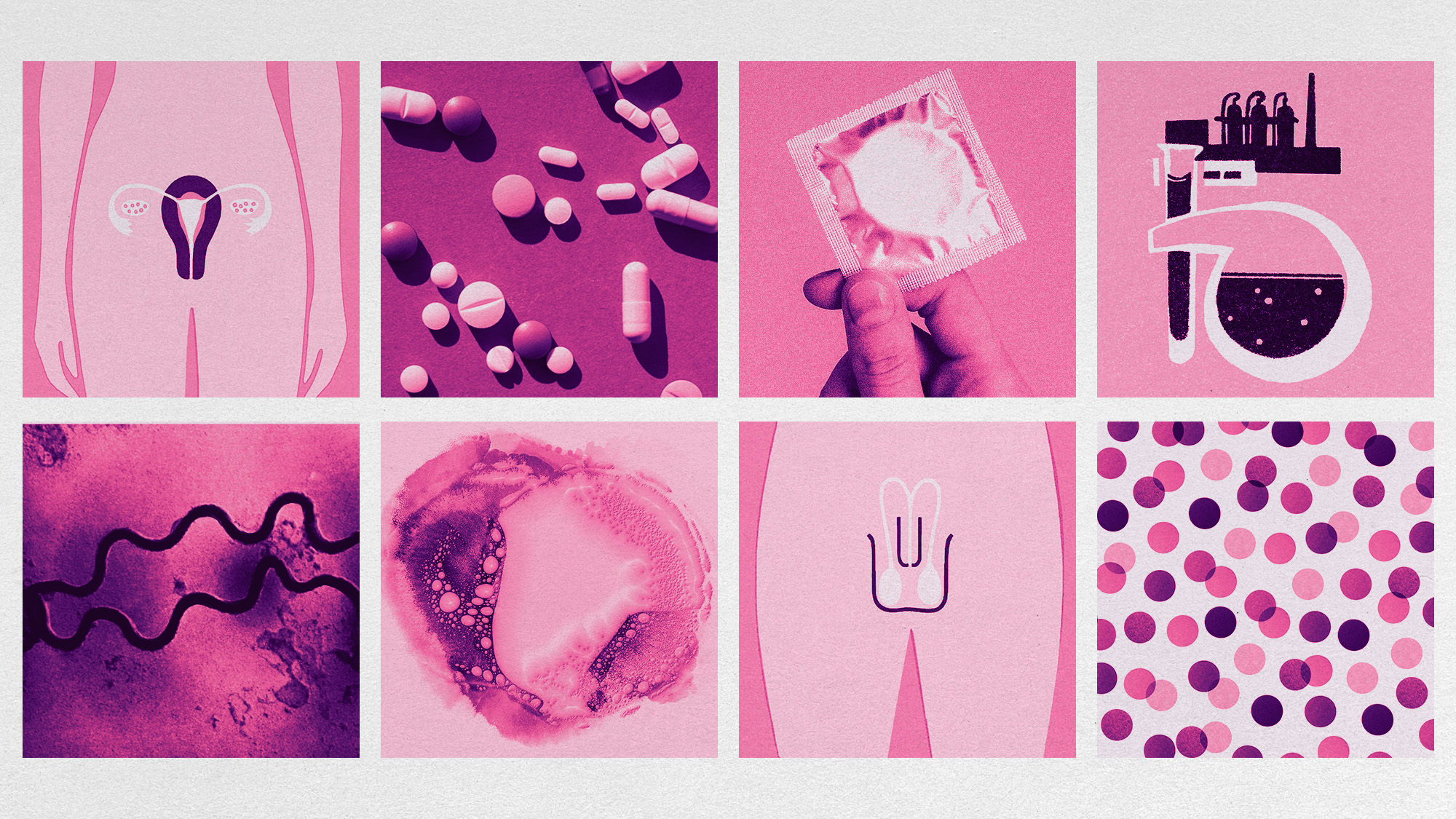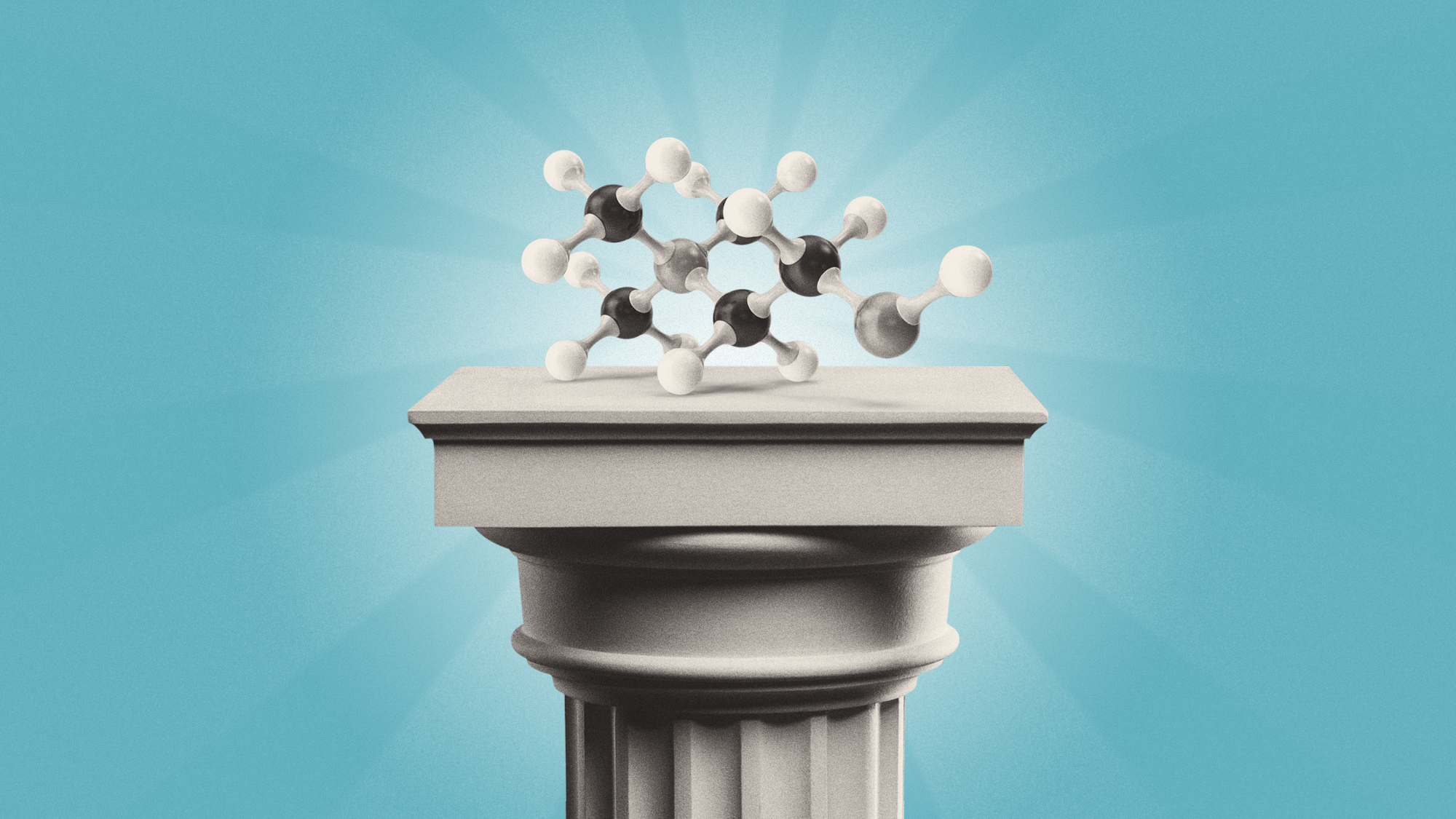Syphilis cases continue to rise as the US faces an STI epidemic
Prevention organizations are struggling to keep the numbers from escalating


U.S. doctors have been seeing more patients with more severe symptoms caused by the sexually transmitted infection (STI) syphilis, such as vision problems, headaches and hearing loss. These symptoms are becoming more common despite being typically associated with infections that have gone untreated for years, not recently acquired infections. The trend is evidence of the "out-of-control" epidemic of sexually transmitted infections, the National Coalition of STD Directors said the country was facing. Recent data from the U.S. Centers for Disease Control and Prevention paints a stark picture of a growing number of STI cases, especially syphilis, plaguing the nation.
'A failure of the US health system'
The opening of the CDC's 2022 STD Surveillance Report hints at experts growing weary of failing to stop this mounting STI crisis. "Yet again," the CDC website said, "more than 2.5 million cases of chlamydia, gonorrhea and syphilis were reported in the United States." The report's findings, including record high numbers of syphilis and chlamydia cases, "underscores that STIs must be a public health priority," the CDC said. Chlamydia remained the most commonly reported STI in 2022, with 1,649,716 cases.
Within the epidemic, "syphilis is one infection that stands alone," Dr. Laura Bachmann, acting director of the CDC's Division of STD Prevention, said in an announcement. "It has emerged as a unique public health challenge." The data shows a nearly 80% increase in cases between 2018 and 2022, reaching 207,255, the greatest number reported since 1950. There were also more than 3,700 cases of infants being born with syphilis, the highest number of congenital syphilis cases reported in one year since 1994. The data showed an alarming 937% increase in babies over the past decade. These numbers "reflect a failure of the U.S. health system," the CDC said, especially because testing and treatment for syphilis more than a month before delivery could easily prevent infections in newborns.
The Week
Escape your echo chamber. Get the facts behind the news, plus analysis from multiple perspectives.

Sign up for The Week's Free Newsletters
From our morning news briefing to a weekly Good News Newsletter, get the best of The Week delivered directly to your inbox.
From our morning news briefing to a weekly Good News Newsletter, get the best of The Week delivered directly to your inbox.
There continue to be "significant disparities" in reported STIs. Almost 50% of reported cases of chlamydia, gonorrhea and syphilis were among teens and young adults aged 15 to 24. Some racial minority groups were also disproportionately represented in the data, with 31.1% of all cases of chlamydia, gonorrhea and primary and secondary syphilis occurring among non-Hispanic Black or African American persons "even though they made up only 12.6% of the U.S. population." These disparities reflect "differential access to quality sexual health care" and "differences in sexual network characteristics." Acknowledging the root causes of the inequities in STI rates is a "critical first step toward empowering affected groups and the public health community to collaborate in addressing systemic inequities in the burden of disease."
Communities in dire funding need
The Covid-19 pandemic is partially to blame for the crisis because "the pandemic shifted attention away from syphilis prevention and treatment," said the Chicago Sun Times. In 2020, 96% of American health departments reassigned STI prevention staff to Covid-related duties, according to a report in the Sexually Transmitted Diseases journal. This led to "major disruptions to tracking, testing, lab work and intervention efforts related to STIs," which "further exacerbated rising infection rates, especially for syphilis," said the Sun-Times.
The CDC data shows that the U.S. faces a "rapidly deteriorating public health crisis with real lives at stake," the National Coalition of STD Directors said in a statement. STI rates will continue to "spiral out of control" unless communities are given the federal funding needed to "provide the most basic screening, treatment and prevention services." Women and babies have had to "bear the most devastating consequences of the nation's STI epidemic," with "treatment shortages, workforce cuts and attacks on women's healthcare only adding to the fire." The 2022 CDC data may show "hundreds of lives lost and millions of infections," but it does not include the impact of the "workforce cuts and drug shortages states have experienced in the time since," the NCSD said, "the reality is that the 2023 data will be worse."
Health organizations need to "meet people where they are," as some "face tremendous barriers to STI prevention and health services," said Bachmann, acting director of the CDC's Division of STD Prevention. Often, the most important work happens outside of the clinic, Bachmann said, "whether it be reaching out to communities with testing, interviewing patients to offer services to their partners or delivering treatment directly to someone."
A free daily email with the biggest news stories of the day – and the best features from TheWeek.com
Theara Coleman has worked as a staff writer at The Week since September 2022. She frequently writes about technology, education, literature and general news. She was previously a contributing writer and assistant editor at Honeysuckle Magazine, where she covered racial politics and cannabis industry news.
-
 5 fairly vain cartoons about Vanity Fair’s interviews with Susie Wiles
5 fairly vain cartoons about Vanity Fair’s interviews with Susie WilesCartoon Artists take on demolition derby, alcoholic personality, and more
-
 Joanna Trollope: novelist who had a No. 1 bestseller with The Rector’s Wife
Joanna Trollope: novelist who had a No. 1 bestseller with The Rector’s WifeIn the Spotlight Trollope found fame with intelligent novels about the dramas and dilemmas of modern women
-
 Codeword: December 20, 2025
Codeword: December 20, 2025The daily codeword puzzle from The Week
-
 A fentanyl vaccine may be on the horizon
A fentanyl vaccine may be on the horizonUnder the radar Taking a serious jab at the opioid epidemic
-
 Health: Will Kennedy dismantle U.S. immunization policy?
Health: Will Kennedy dismantle U.S. immunization policy?Feature ‘America’s vaccine playbook is being rewritten by people who don’t believe in them’
-
 Choline: the ‘under-appreciated’ nutrient
Choline: the ‘under-appreciated’ nutrientThe Explainer Studies link choline levels to accelerated ageing, anxiety, memory function and more
-
 How music can help recovery from surgery
How music can help recovery from surgeryUnder The Radar A ‘few gentle notes’ can make a difference to the body during medical procedures
-
 Vaccine critic quietly named CDC’s No. 2 official
Vaccine critic quietly named CDC’s No. 2 officialSpeed Read Dr. Ralph Abraham joins another prominent vaccine critic, HHS Secretary Robert F. Kennedy Jr.
-
 More adults are dying before the age of 65
More adults are dying before the age of 65Under the radar The phenomenon is more pronounced in Black and low-income populations
-
 The plant-based portfolio diet invests in your heart’s health
The plant-based portfolio diet invests in your heart’s healthThe Explainer Its guidelines are flexible and vegan-friendly
-
 Scientists have developed a broad-spectrum snake bite antivenom
Scientists have developed a broad-spectrum snake bite antivenomUnder the radar It works on some of the most dangerous species
